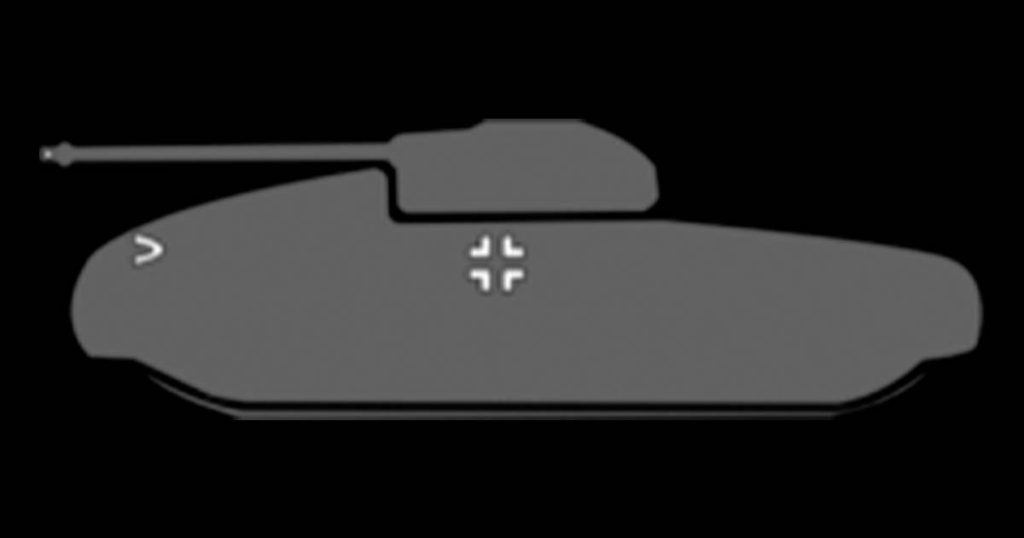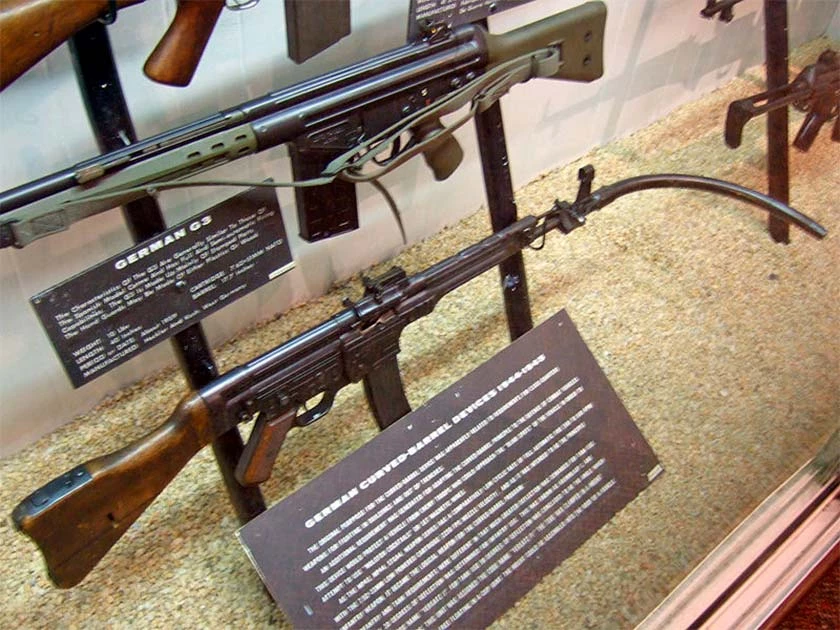Propaganda is a powerful tool in wartime, as able to cripple an uncertain enemy as any conventional weapon. The Nazis certainly understood this and it was employed in the 1930s to devastating effect as they cemented their power in Germany on a bed of lies.
To quote Joseph Goebbels, the head of the Nazi Party propaganda programs, “The essence of propaganda consists of winning people over to an idea so sincerely, so vitally, that in the end they succumb to it utterly and can never again escape from it.” Such programs were continued into the war itself, where they became vital tools of deception and morale destruction.
In the United States, propaganda films like Yankee Doodle Dandy and Anchors Aweigh were created to project the enemy as inhuman. The Soviet Union later would produce many posters supporting Russian/Chinese relations, promoting Communism, and even adding a man in space who was “looking for god” but could not find one to help the party’s push to move away from any form of religion.
So it was that in the early 1940s, with World War Two raging across the globe, that the world was introduced to two tanks, Panzer IX and Panzer X.
Panzer IX and Panzer X
Panzerkampfwagen IX and Panzerkampfwagen X (also known as Panzer IX and Panzer X) were two super-heavy tanks designed by the Nazis. The German military propaganda magazine Signal published silhouette images of the giant Panzer IX and Panzer X, alongside other German tanks.
What made these two tanks unique was that they did not follow the standard German tank engineering that was used in combat during World War II. These tanks were ahead of their time and were clearly based on combat experience. The Germans had learned from the early months of the war and they had put that combat experience into effect with alarming speed.
Both Panzer IX and Panzer X had rounded, somewhat sloping armored sides, which suggested that the tanks were designed to provide the maximum amount of protection while keeping the tank lightweight to avoid sinking into the earth. Panzer IX and Panzer X suspensions were also heavily protected like modern tanks today are, resolving a key weakness in earlier Panzers.

The sides of the tanks didn’t have protection mounted outside the vehicle like the schützen on Panzer III, Panzer IV, Panthers, and Stug. III, which was the standard for German tanks at the time. The Panzer IX also had rounded turrets that created a “turtle-like” image.
The curved turrets on these tanks look similar to the ones found on Soviet tanks created after WWII. The best way to describe the shape of both tanks is potato-like.
- Carrots, Radar and Deception: from Old Wives’ Tale to Modern Warfare
- Top Ten Wild Nazi Weapons of WW2
Most worryingly however, both the new Panzers were giant machines, easily capable of overwhelming anything the Allies currently had. But what was unique about Panzer IX and Panzer X is that they never existed.
Signal Magazine
The magazine that published the silhouette images of the fictional Panzer IX and Panzer X was called Signal Magazine. This magazine was an “illustrated photo journal” and, clandestinely, an army propaganda tool that was created for readers in allied, neutral, and occupied countries.
While the magazine was never published in Germany, it had a readership of over 2.5 million. This propaganda magazine was published in German, Italian, English, French, and Dutch. There were 22 foreign editions of the magazine that came in languages ranging from Turkish and Arabic to Finnish and Serbian. Signal was imported to the US until the end of 1941 and when the US entered the war.
The magazine was particularly circulated among the members of the German military. Even in 2023, people are still searching to buy original copies of Signal magazine.
Signal was just one of the many different forms of propaganda that the Nazis used before and during WWII. The goal was to use pictures and cartoons to distract people from what was actually happening in Nazi Germany.
This was aimed to both encourage the German population and to distract from the Nazi atrocities which were being committed. One particularly ominous statistic is stark in its reality: “By late autumn 1943, as many Jewish people as Signal readers had been murdered in Poland’s extermination camps.”
Photo essays and editorials featured German film stars, German children, and soldiers posing dramatically for full-page spreads. Including these figures in the magazine allowed the Nazis to create a facade that the country was prospering.
One example of the propaganda stories published in Signal is a 1943 essay called “Nazalia: The Girl from the Ukraine.” The essay follows the story of a young Ukrainian woman who was “rescued” from her village by German soldiers after it was destroyed.
The magazine presented the story as an example of how Germany “had civilized the Ukrainians and gave them a better life.” When this article was published, it was after the Russians had defeated the Germans at Stalingrad. They were on the precipice of losing the war, yet stories of heroic victories were being fed to the German public and the rest of the world.
The Purpose of Pretend Panzers
While the Panzer IX and Panzer X were never actually built, and the drawings published in Signal were not based on legitimate tank designs, they did serve a purpose beyond cheering the German population. The conceptual drawings of Panzer XI and Panzer X were created and published just to deceive Allied intelligence.
- Operation Bernhard: Nazi Economic Blitzkrieg and a ton of Fake Money
- The Kugelpanzer: Why Did the Nazis Build a Spherical Tank?
The Nazis used many tactics to intimidate their enemies. Putting Panzer IX and Panzer X into Signal, a magazine that was imported to the US and England, was an attempt to try to make the Allies believe that the Nazis had built or were building these uniquely shaped tanks that looked vastly different from what soldiers on the ground were seeing. In the game of war, intimidation and deception can be powerful tools.
Panzer IX and Panzer X were not the only weapons the Nazis said they created that never existed or worked. Hitler wanted “Wonder Weapons” (Wunderwaffen) created to destroy entire countries to help the Nazis win the war.

One weapon the Nazis supposedly created was the Krummlauf, a curved rifle attachment allowing soldiers to shoot around corners at a 30-degree angle. The problem with the Krummlauf was that the design was terrible and would give out after being for a few hundred shots.
While the weapon looked ridiculous and did not do well in tests, large amounts of these guns were actually produced, and even a gun with a 90-degree angle was designed but never made it to production.
The there was the Sun Gun. This massive gun was supposed to use the sun’s power to destroy large land areas using a concave mirror mounted on a satellite. This was, frankly, one of the most unrealistic ideas that the Nazis devised.
The Sun Gun was based on one of Archimedes’ war weapons, his heat ray that used mirrors to reflect the sun onto enemy ships causing them to start burning. But while the Nazis lacked the technology to achieve such as goal, as did everyone else, the mere thought of such a weapon was terrifying.
Then there was the massive V-3 cannon that needed to be built into a hillside just to support its weight. The gun was built in Pas-de-Calais in northern France because it was 100 miles (160 km) away from London, and the goal was to launch a 310-pound (140 kg) shell that was supposed to travel at hundreds of miles per hour to blast London into a crater.
Panzer IX and Panzer X were never built like these other weapons, nor were they intended to be built. But they still served their purpose as a way to fool allies.
Top Image: If the Panzer IX and Panzer X tanks seemed impossible to the Allies, that’s because they were. Source: Rysak / Adobe Stock.